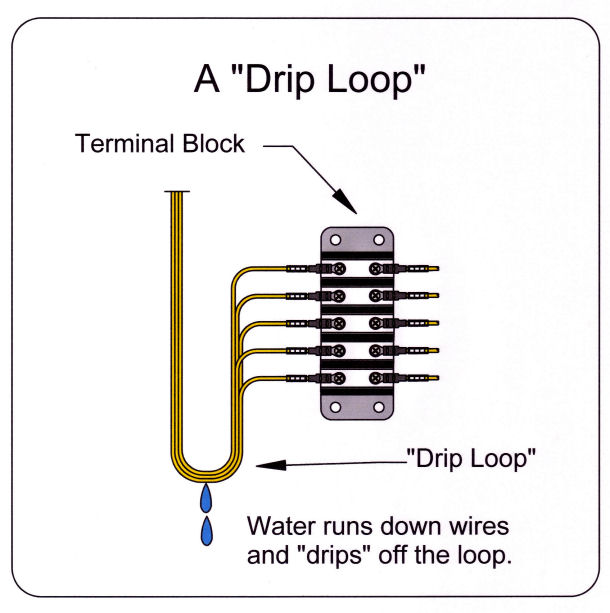I installed a Bafang 48V 500W front hub motor, 48V 17.5ah Hailong battery and a controller that can supply 18 amps (https://www.amazon.com/gp/product/B07N3V6PM8/ref=ppx_yo_dt_b_search_asin_title?ie=UTF8&th=1&psc=1). Bike has steel fork, torque arms and disc brakes for safety. The kit came with almost no documentation and I don't want to damage the motor through my own ignorance! So I've got a few questions:
1) How to prevent overheating on hills: I realize that the motor rating isn't totally accurate because it can output much more than 500W, but I'm still concerned about tackling long or steep hills without overheating the motor. I've read about electric motors performing poorly at low RPMs, so just going slowly sounds like it might be counterproductive. Aside from touching the motor periodically to see if it's hot, can you tell if you're overtaxing a hub motor?
2) Waterproofing: I have to commute a long distance to an outdoor research site in all weather, and I have read that thumb throttles are vulnerable to water getting inside and shorting out the controller. Has anyone experienced problems with water entering batteries, displays, controllers or anywhere else with this type of kit?
3) Weight issues: Total weight of me and the bike with my work equipment is 175lb, and so far I've had no problems with the performance of the motor. My husband is thinking of getting the same kit, but his total weight would be about 235lb. If you have experience with using a similar 500W motor at this weight, did you feel that its performance on hills was adequate?
Thanks very much for any advice you can share with me. I have been car-less for 10+ years but I'm new to e-bikes. It's made a huge difference in the time and effort it takes to get to work and back home.
*Edit: Added location to profile and link to conversion kit
1) How to prevent overheating on hills: I realize that the motor rating isn't totally accurate because it can output much more than 500W, but I'm still concerned about tackling long or steep hills without overheating the motor. I've read about electric motors performing poorly at low RPMs, so just going slowly sounds like it might be counterproductive. Aside from touching the motor periodically to see if it's hot, can you tell if you're overtaxing a hub motor?
2) Waterproofing: I have to commute a long distance to an outdoor research site in all weather, and I have read that thumb throttles are vulnerable to water getting inside and shorting out the controller. Has anyone experienced problems with water entering batteries, displays, controllers or anywhere else with this type of kit?
3) Weight issues: Total weight of me and the bike with my work equipment is 175lb, and so far I've had no problems with the performance of the motor. My husband is thinking of getting the same kit, but his total weight would be about 235lb. If you have experience with using a similar 500W motor at this weight, did you feel that its performance on hills was adequate?
Thanks very much for any advice you can share with me. I have been car-less for 10+ years but I'm new to e-bikes. It's made a huge difference in the time and effort it takes to get to work and back home.
*Edit: Added location to profile and link to conversion kit


